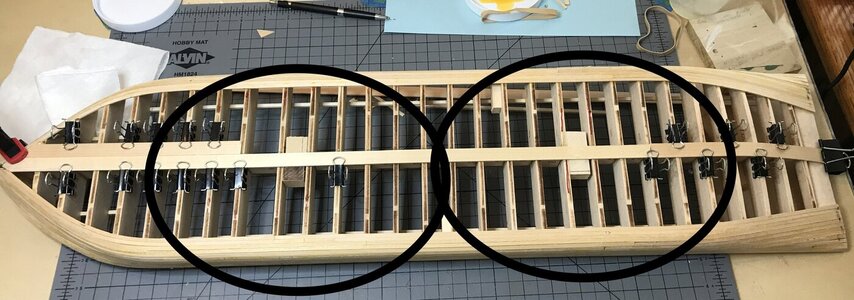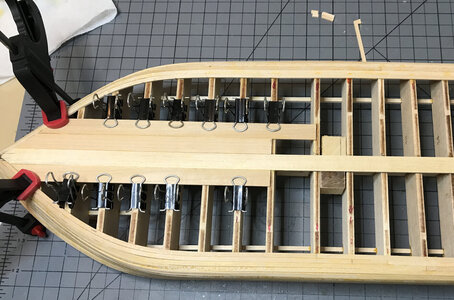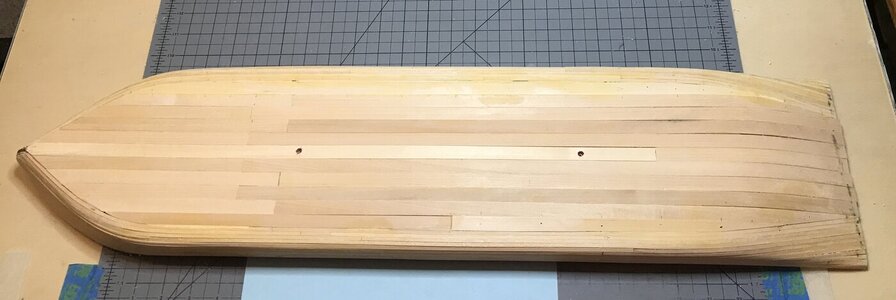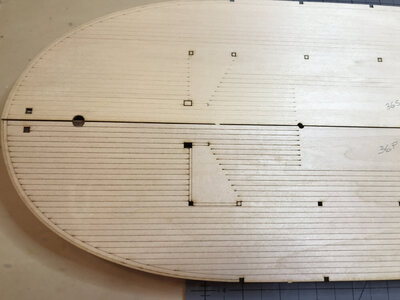- Joined
- Jan 9, 2020
- Messages
- 10,538
- Points
- 938

Great progress Jan.  Even though there is no defined keel as such, I wouldn't wait too long now before starting from the middle of the underside (where the keel would have been on a conventional ship) to start the outward planking.
Even though there is no defined keel as such, I wouldn't wait too long now before starting from the middle of the underside (where the keel would have been on a conventional ship) to start the outward planking.
 Even though there is no defined keel as such, I wouldn't wait too long now before starting from the middle of the underside (where the keel would have been on a conventional ship) to start the outward planking.
Even though there is no defined keel as such, I wouldn't wait too long now before starting from the middle of the underside (where the keel would have been on a conventional ship) to start the outward planking.









